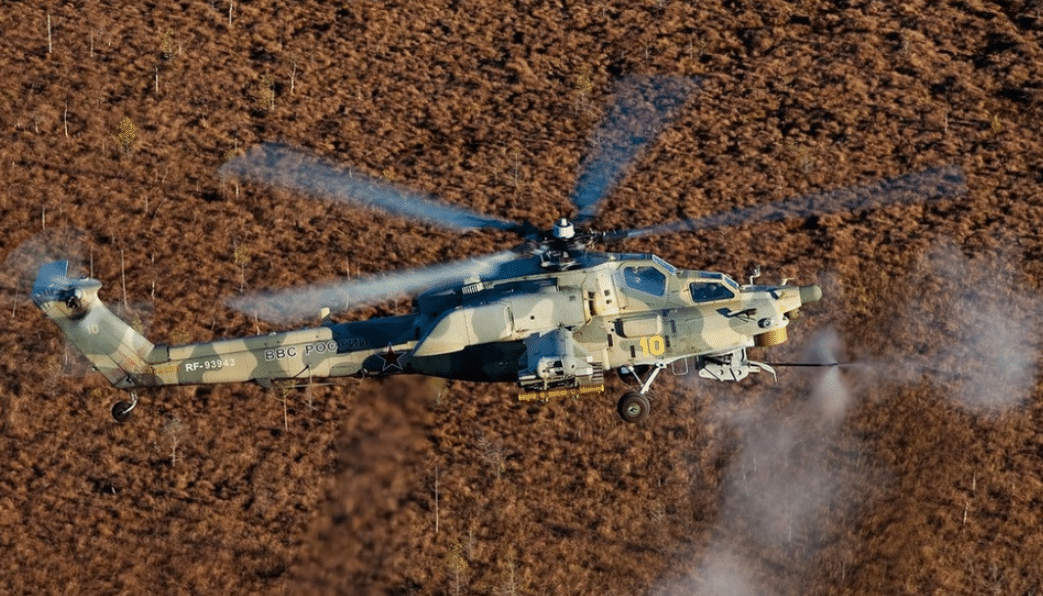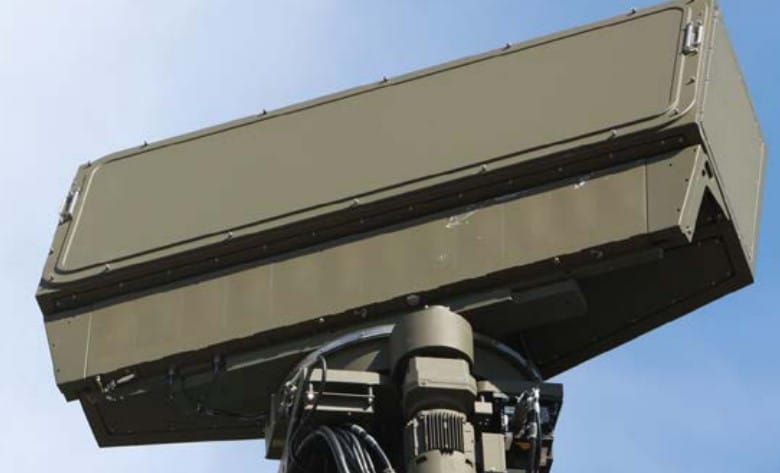25Views 33Comments

Russian Helicopters rolls out first dual-control Mi-28UB attack helicopter
Russian Helicopters announced that it has rolled out the first Mil Mi-28UB attack helicopter for the Russian Ministry of Defence on Tuesday, August 22.
The Mi-28UB is the dual-control variant of the Mi-28NE ‘Night Hunter’ wherein crew in both the front and rear seats can fully operate the aircraft. In turn, the Mi-28UB can be used for combat and training.
In addition, the Mi-28UB also incorporates improvements to ergonomics and safety thanks to the addition of new energy-attenuating seats (i.e. for absorbing shock in the event of emergency or crash-landings). Russian Helicopters says it has also improved the reliability of the Mi-28UB’s electronics suite.
Russian Helicopters stated that eight Mi-28UBs will be delivered to the Russian Aerospace Forces (VKS) by the end of this year. The first helicopter will be delivered to the 334th Combat Training and Retraining Centre in Torzhok. The VKS reportedly has 24 Mi-28UBs on order.
Development of the dual-control Mi-28UB began in 2010. Besides fulfilling VKS requirements, the CEO of Russian Helicopters – Andrew Boginsky – expects the Mi-28UB to strengthen overseas interest.
“The Mi-28 proved its efficiency, so we are expecting that its training version will be of great demand in armies. This dual control helicopter breaks new ground for training flight personnel for machines of this type,” stated Boginsky via Russian Helicopters’ press release.
The Mi-28 ‘Havoc’ is a twin-engine heavyweight attack helicopter platform. It has a maximum take-off weight (MTOW) of 10,900 kg, cruise speed of 270 km/h and normal range of 435 km. In addition, the Mi-28NE can also carry up to 16 anti-tank guided missiles (ATGM).
The Mi-28 also shares the same powerplant model – i.e. VK-2500 turboshaft engine – as the Mil Mi-171 and Mi-35 (assuming the customer opts for the VK-2500 instead of ТVЗ-117VМА for those types).
Iraq and Algeria have also inducted the Mi-28 in May and June 2016, respectively. The helicopter – specifically the dual-control variant – had also reportedly drawn interest from the Pakistan Army in 2016.
However, Pakistan did not receive any Mi-28NEs for in-country tests and seemed to have opted for the Turkish Aerospace Industries (TAI) T129 ATAK. Nonetheless, the Mi-28NE/UB is a heavier system than the ATAK, mirroring the Boeing AH-64 Apache and Denel Aeronautics Rooivalk.


